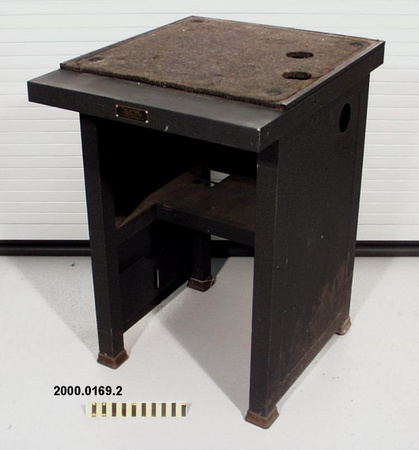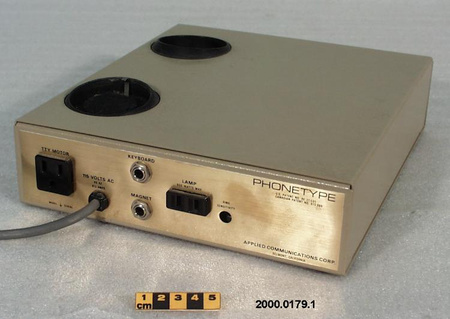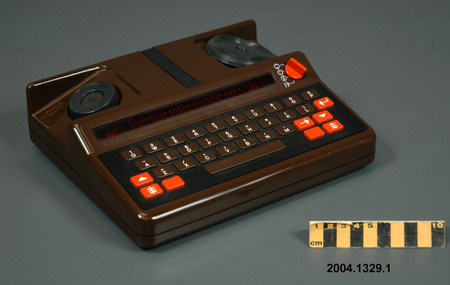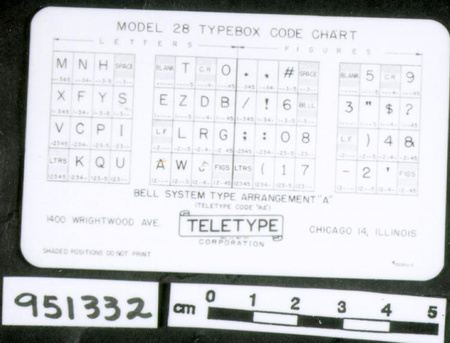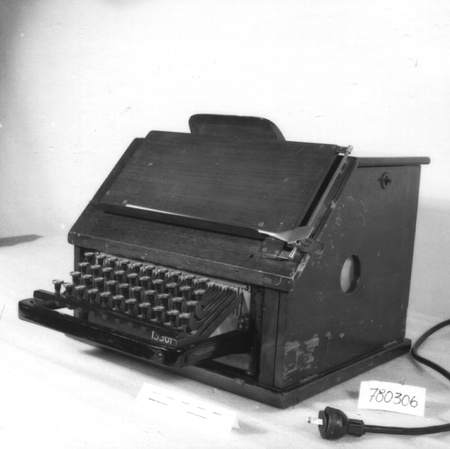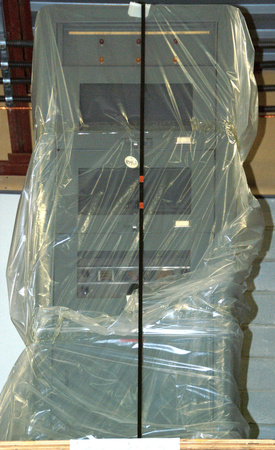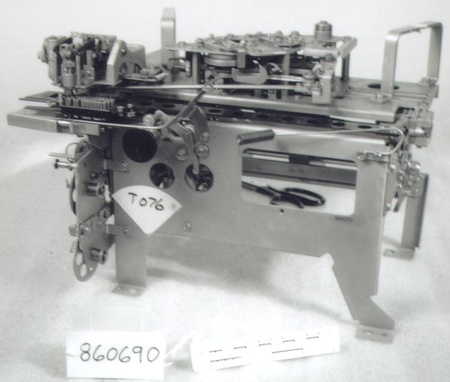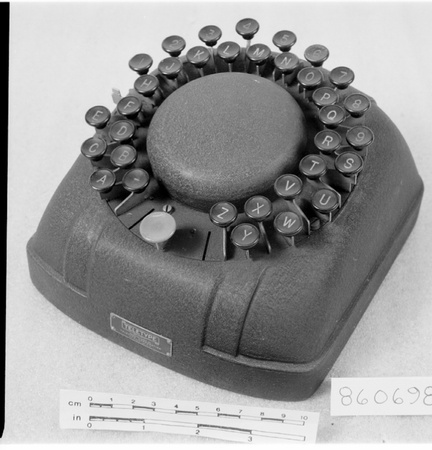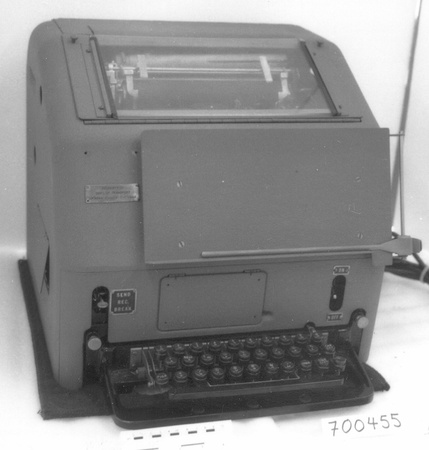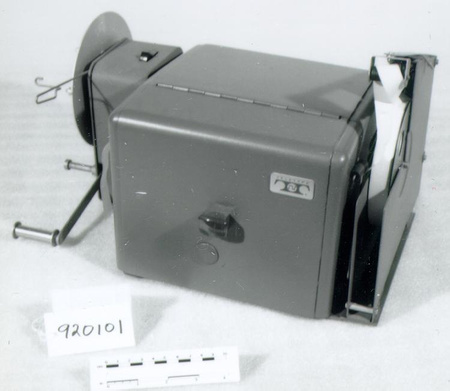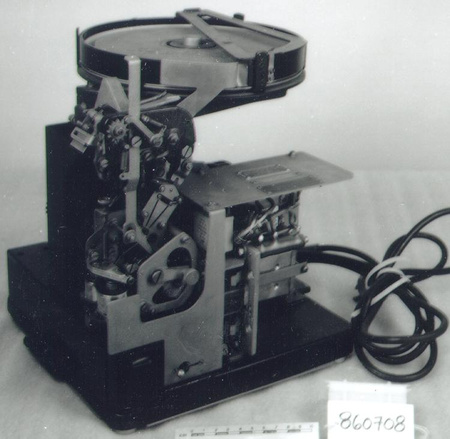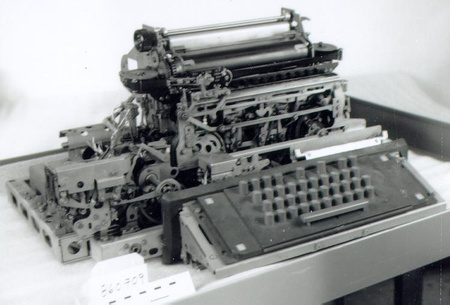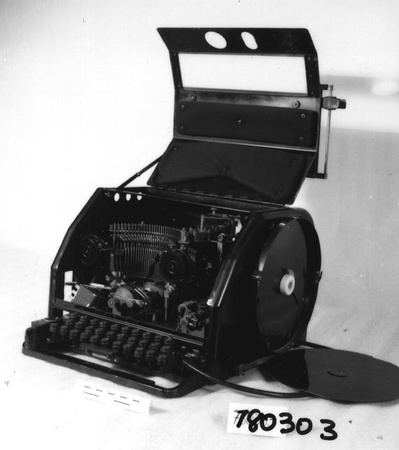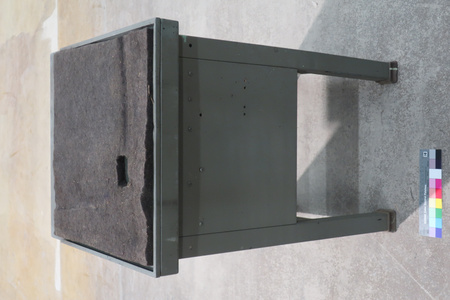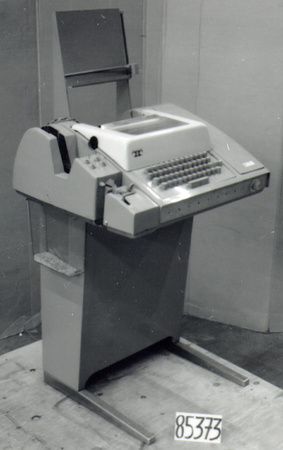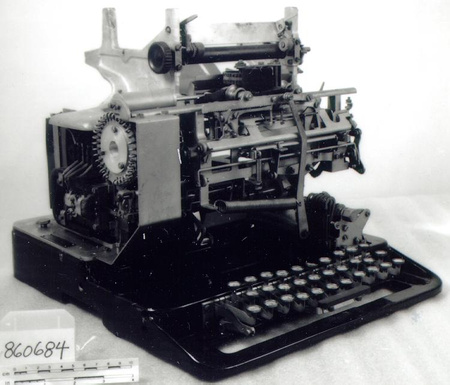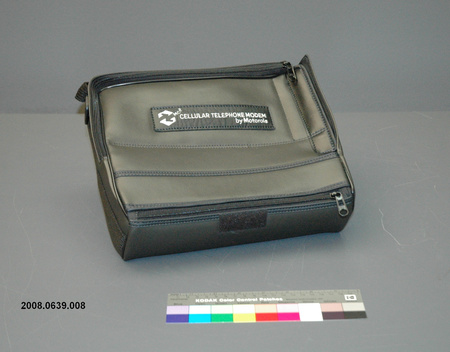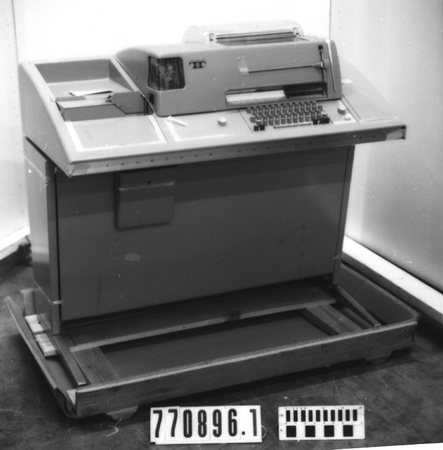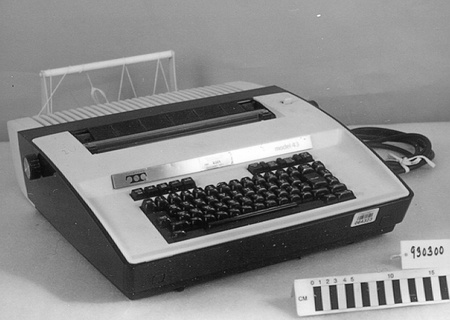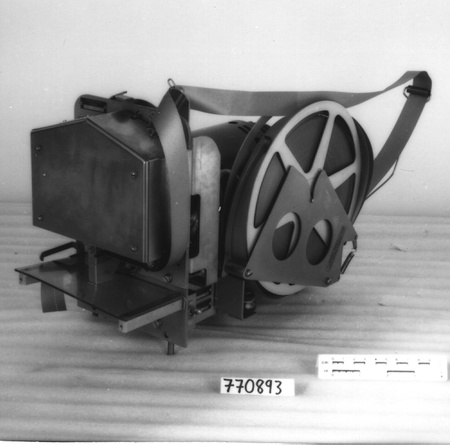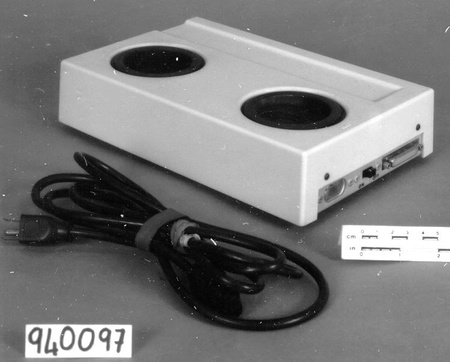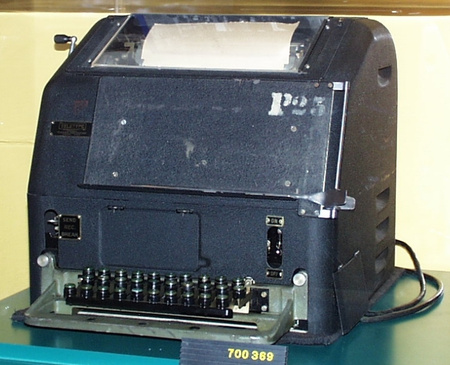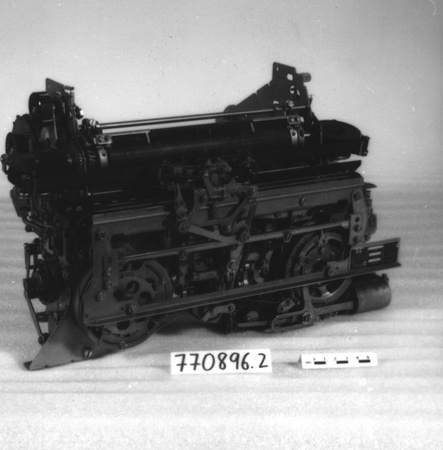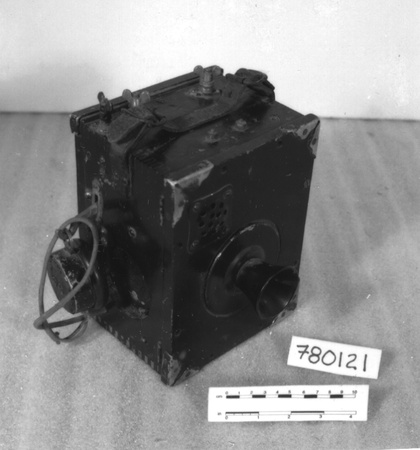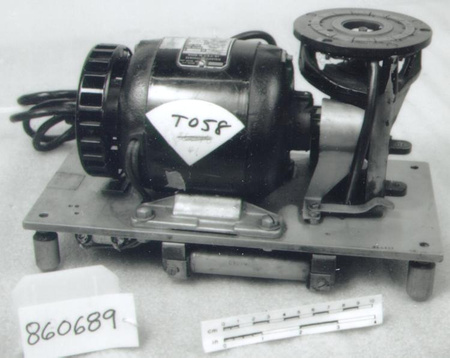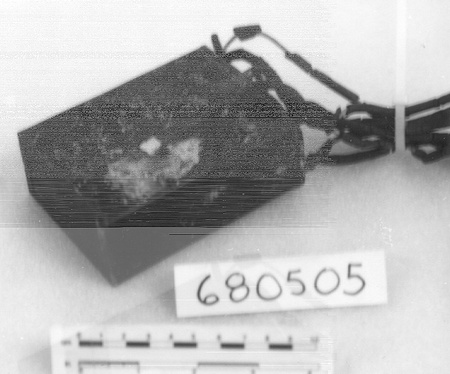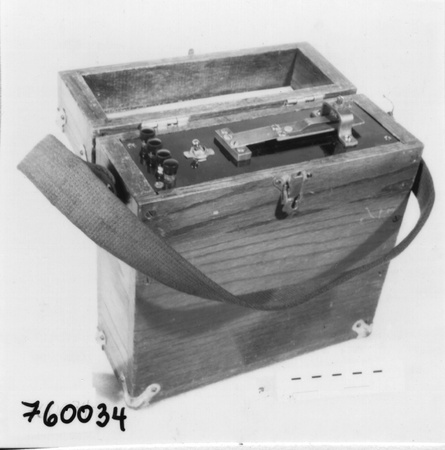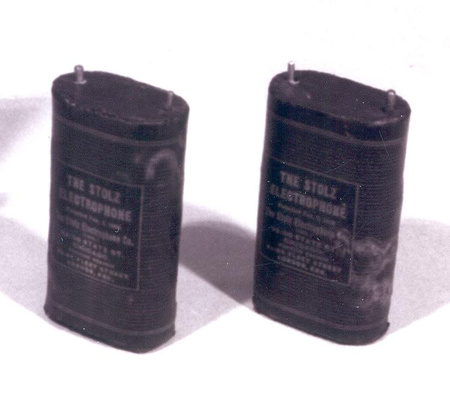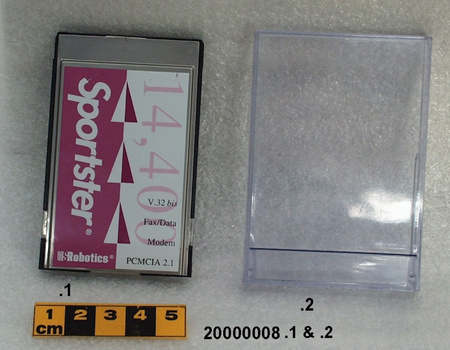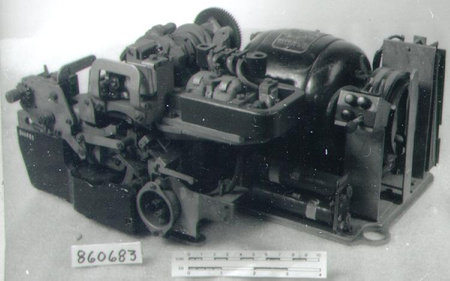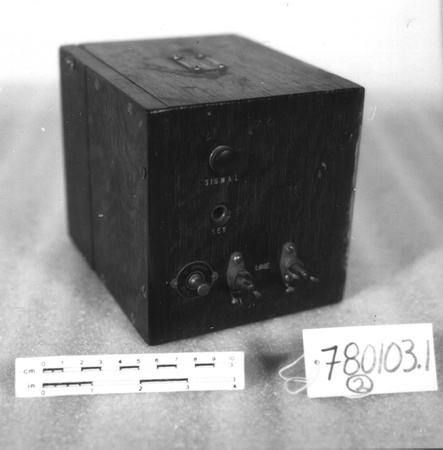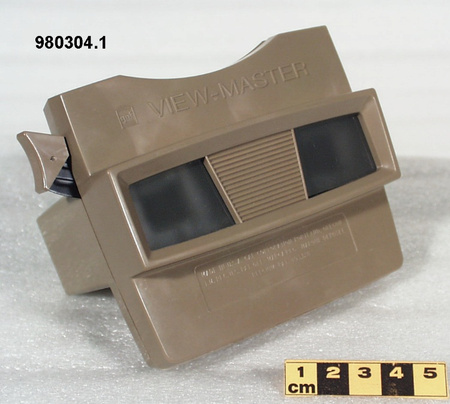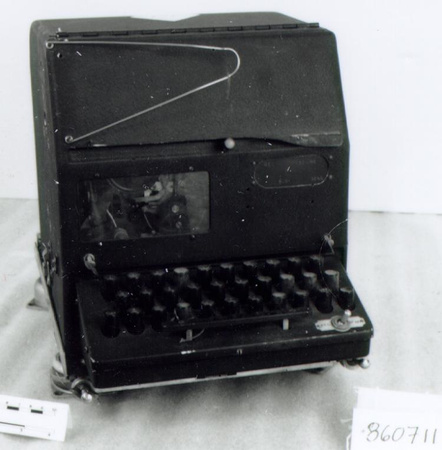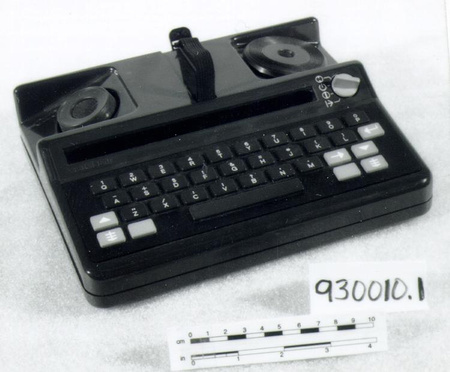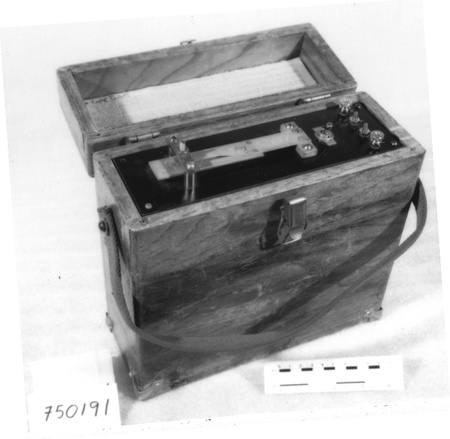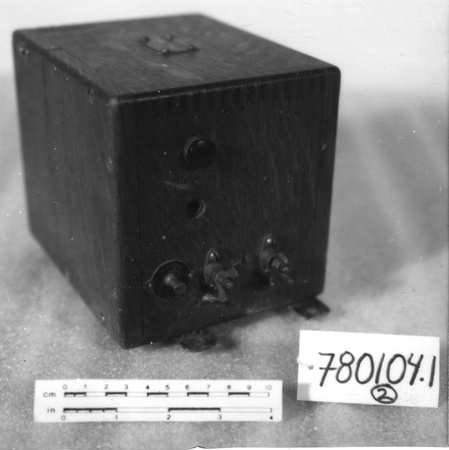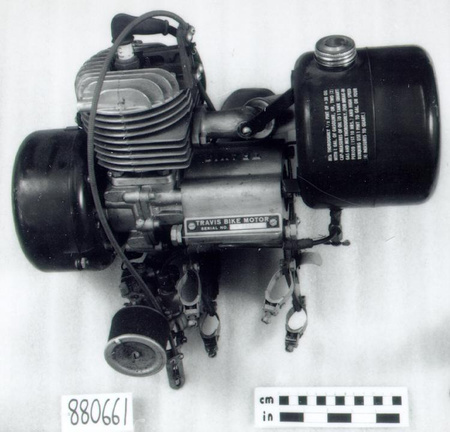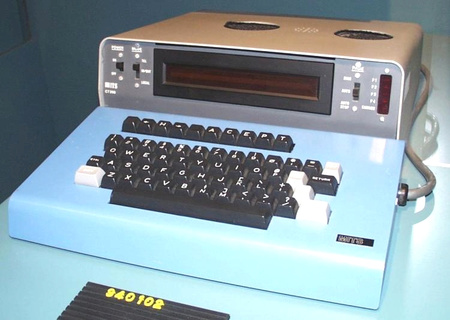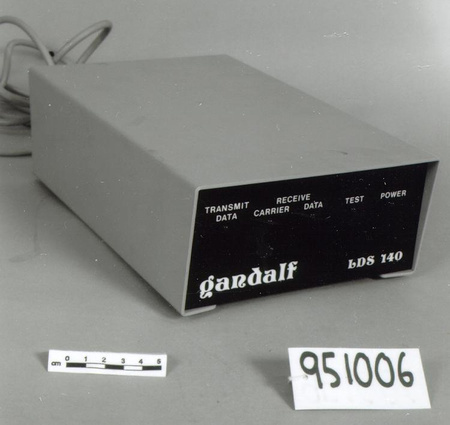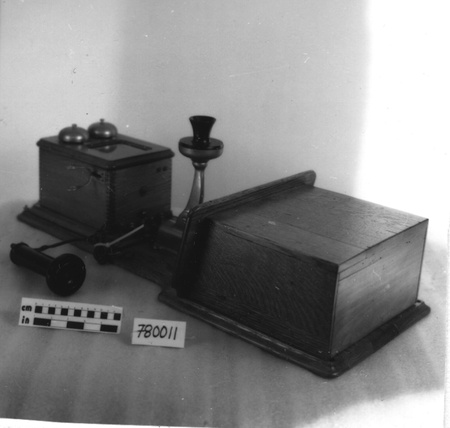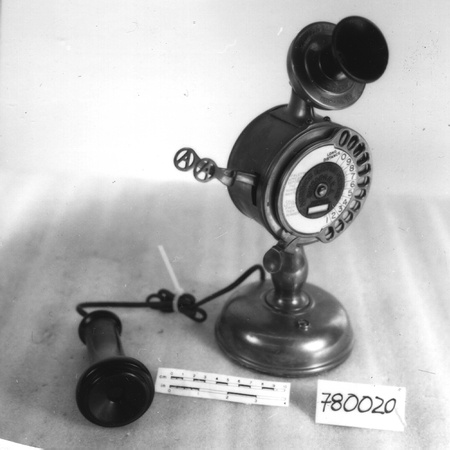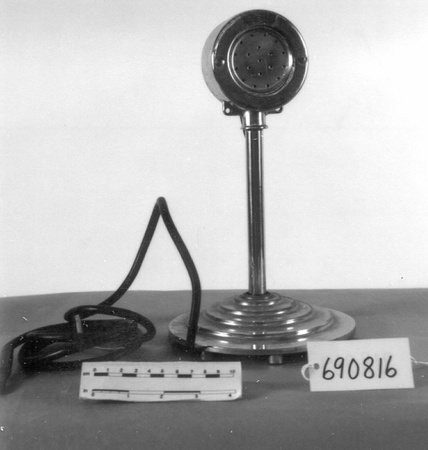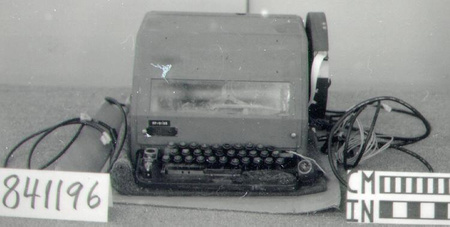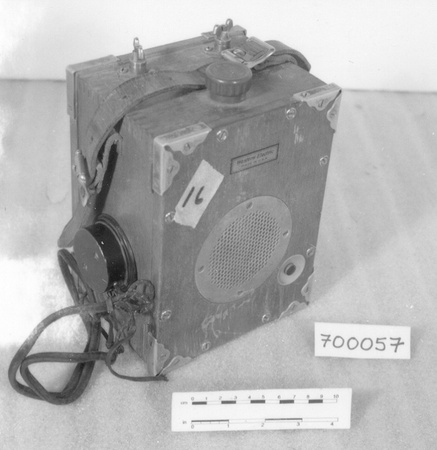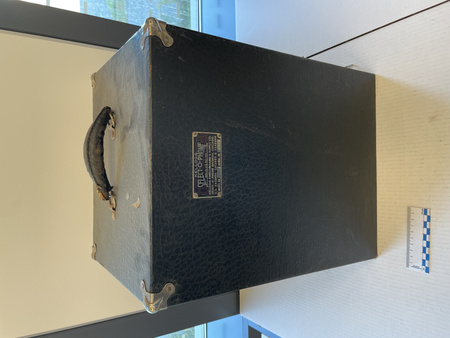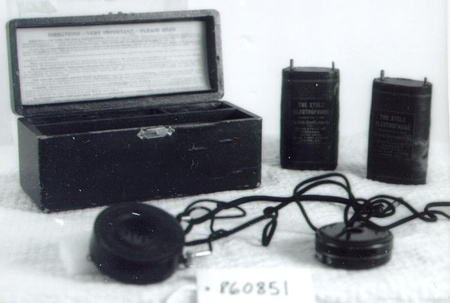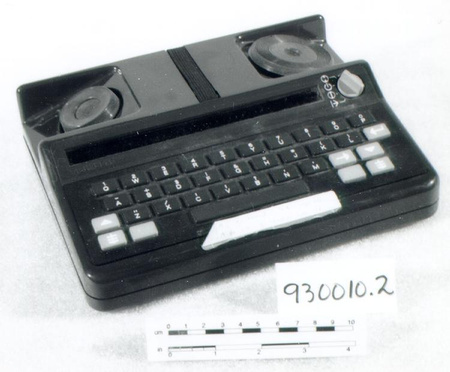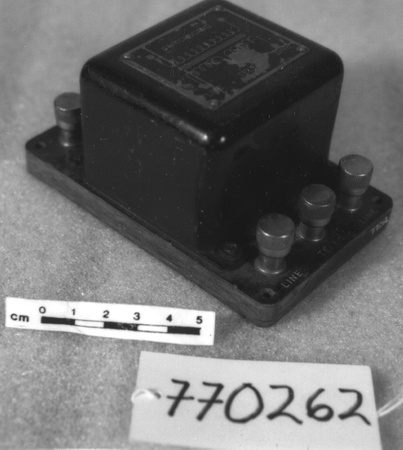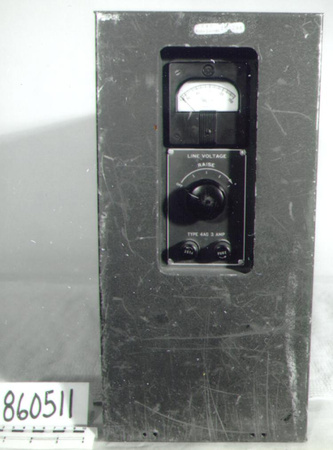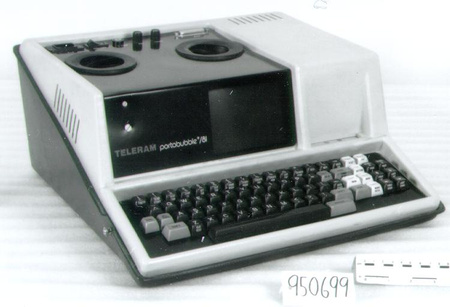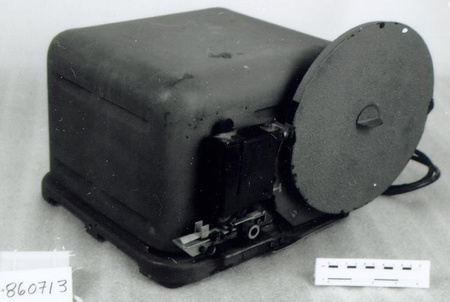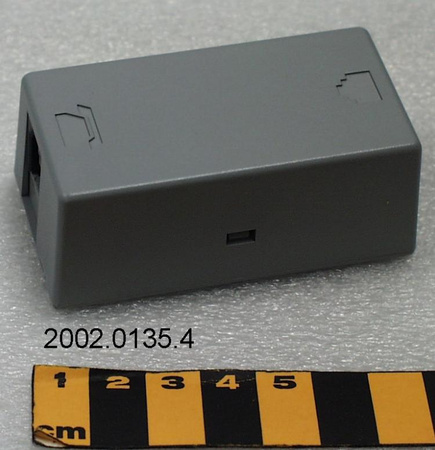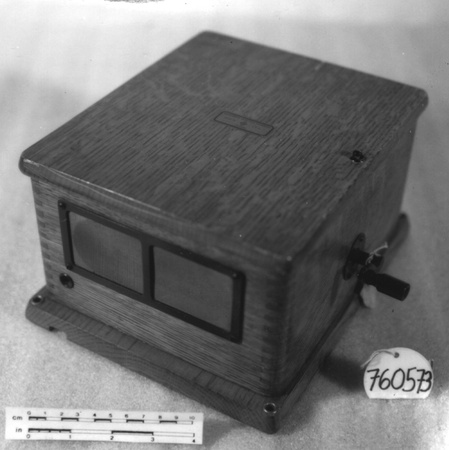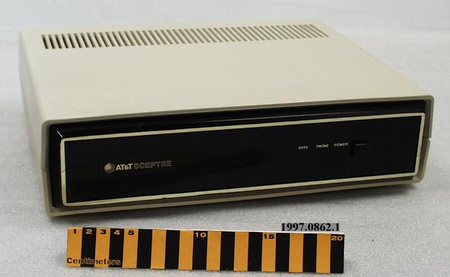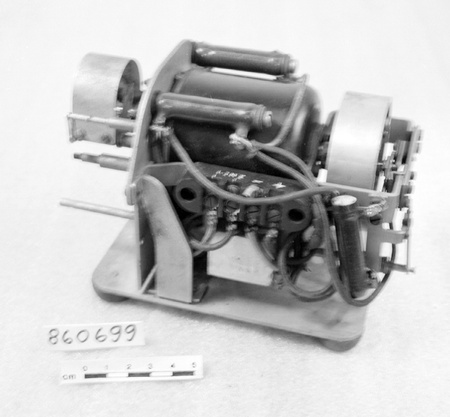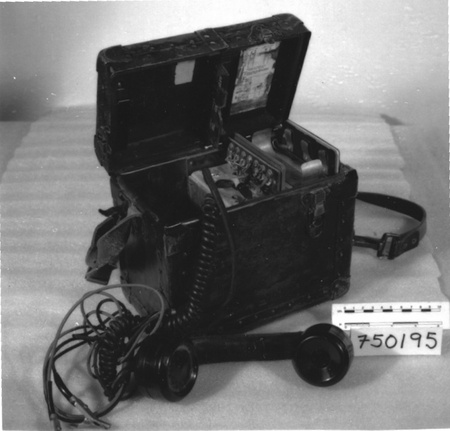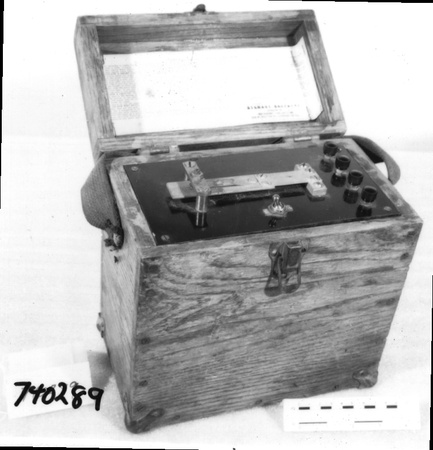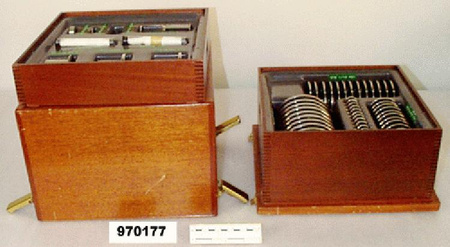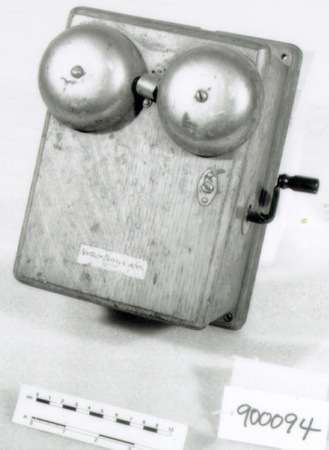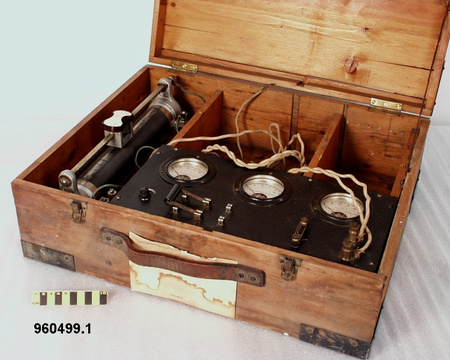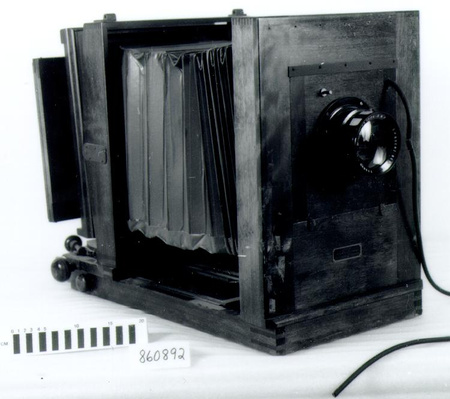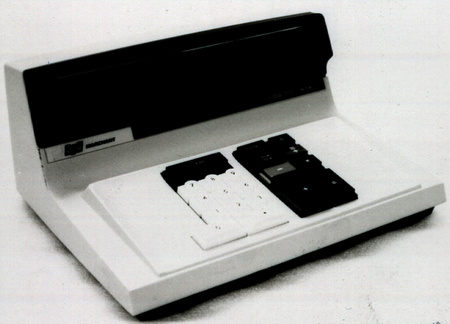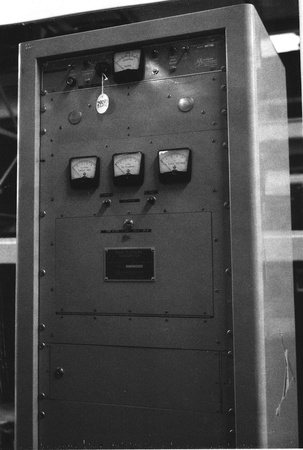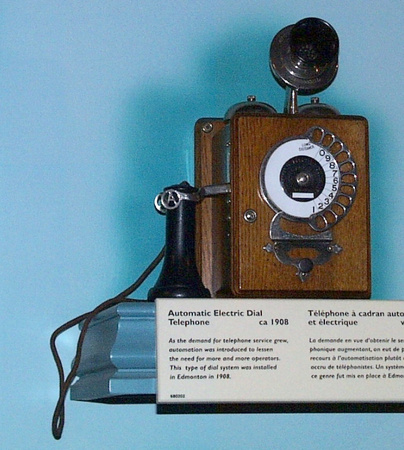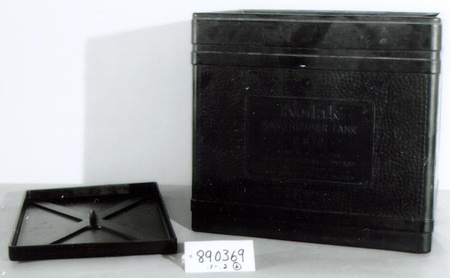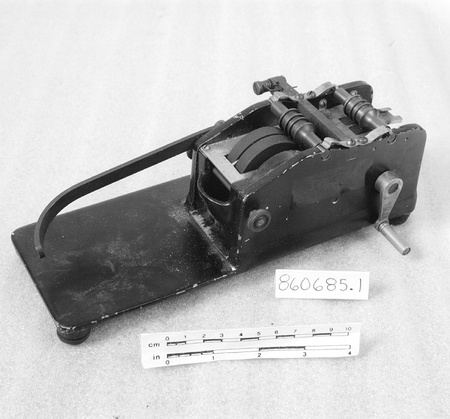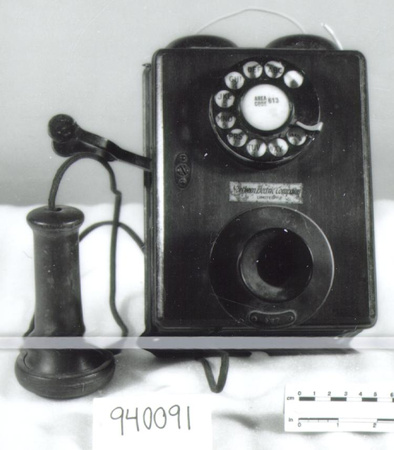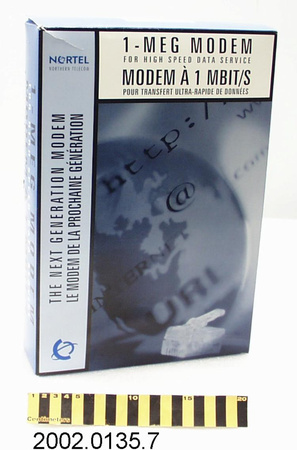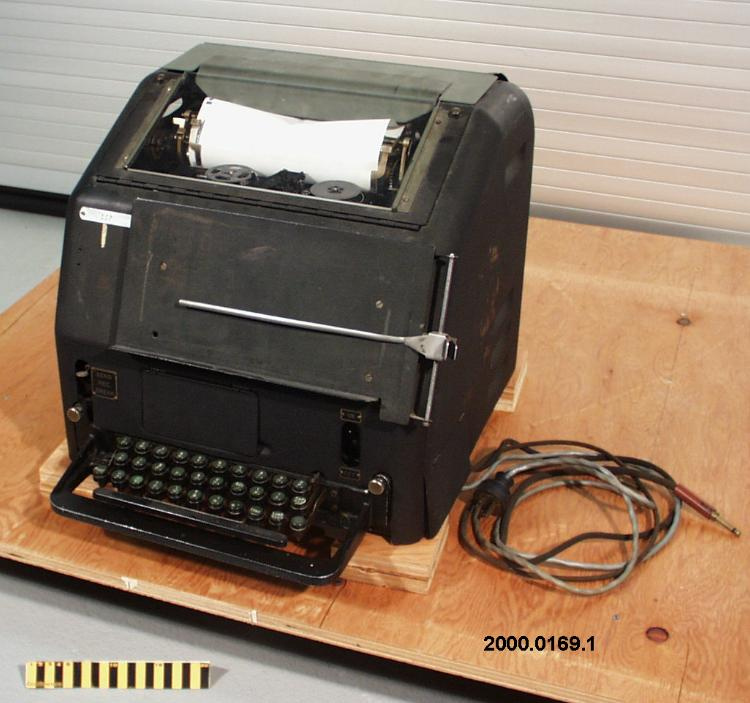Teleprinter
Use this image
Can I reuse this image without permission? Yes
Object images on the Ingenium Collection’s portal have the following Creative Commons license:
Copyright Ingenium / CC BY-NC-ND (Attribution-NonCommercial 4.0 International (CC BY-NC 4.0)
ATTRIBUTE THIS IMAGE
Ingenium,
2000.0169.001
Permalink:
Ingenium is releasing this image under the Creative Commons licensing framework, and encourages downloading and reuse for non-commercial purposes. Please acknowledge Ingenium and cite the artifact number.
DOWNLOAD IMAGEPURCHASE THIS IMAGE
This image is free for non-commercial use.
For commercial use, please consult our Reproduction Fees and contact us to purchase the image.
- OBJECT TYPE
- KS
- DATE
- 1930
- ARTIFACT NUMBER
- 2000.0169.001
- MANUFACTURER
- Teletype Corp.
- MODEL
- Unknown
- LOCATION
- Chicago, Illinois, United States of America
More Information
General Information
- Serial #
- 337
- Part Number
- 1
- Total Parts
- 3
- AKA
- N/A
- Patents
- N/A
- General Description
- METAL CASING & PARTS; SYNTHETIC PARTS; FABRIC RIBBON; PAPER
Dimensions
Note: These reflect the general size for storage and are not necessarily representative of the object's true dimensions.
- Length
- 54.0 cm
- Width
- 50.0 cm
- Height
- 111.5 cm
- Thickness
- N/A
- Weight
- N/A
- Diameter
- N/A
- Volume
- N/A
Lexicon
- Group
- Medical Technology
- Category
- Assistive technologies
- Sub-Category
- N/A
Manufacturer
- AKA
- Teletype
- Country
- United States of America
- State/Province
- Illinois
- City
- Chicago
Context
- Country
- Canada
- State/Province
- Ontario
- Period
- 1930's +; after 1967 as part of telephone communications system for deaf and hard of hearing people.
- Canada
-
According to Ms. Vatcher-Ryan, in Canada Bell would provide teletypewriter so that deaf person (such as Ms. Hebert) with a modem could communicate directly with others with same equipment. Originally this equipment was used by Ms. Hebert's mother, then by Ms. Vatcher-Ryan. - Function
-
Used with specialized frequency-shift modem 2000.0170 to enable deaf and hard of hearing people to communicate using ordinary telephone lines. Modem converted TTY signals into tones that could be carried by voice band of telephone line. - Technical
-
Possibly modified WWII vintage teletypewriter used with a modem developed in 1963-1964 by Californians Robert Weitbrecht & James Marsters, both deaf or hard of hearing; this enabled two individuals to communicate using two teletypewriters. Each user had TTY and a modem. American system used surplus teletypewriters released after 1967 by AT&T for that purpose. - Area Notes
-
Unknown
Details
- Markings
- PLATES INSIDE CASING READ "TELETYPE/ REG. U.S. PAT. OFF./ MANUFACTURED BY TELETYPE CORPORATION/ CHICAGO, U.S.A.", "U.S. PATENTS/ 1766713", "TELETYPE/ REG. CANADIAN PAT. OFF./ MANUFACTURED BY/TELETYPE CORPORATION/ CHICAGO, U.S.A."; PLATE ON FRONT CASING READS "337"
- Missing
- MODEL PLATE
- Finish
- CASING PAINTED BLACK; BLACK PAINTED & METALLIC PARTS; BLACK SYNTHETIC PARTS; COLOURLESS TRANSPARENT WINDOW; WHITE PAPER
- Decoration
- N/A
CITE THIS OBJECT
If you choose to share our information about this collection object, please cite:
Teletype Corp., Teleprinter, after 1930, Artifact no. 2000.0169, Ingenium – Canada’s Museums of Science and Innovation, http://collection.ingenium.ca/en/id/2000.0169.001/
FEEDBACK
Submit a question or comment about this artifact.
More Like This
